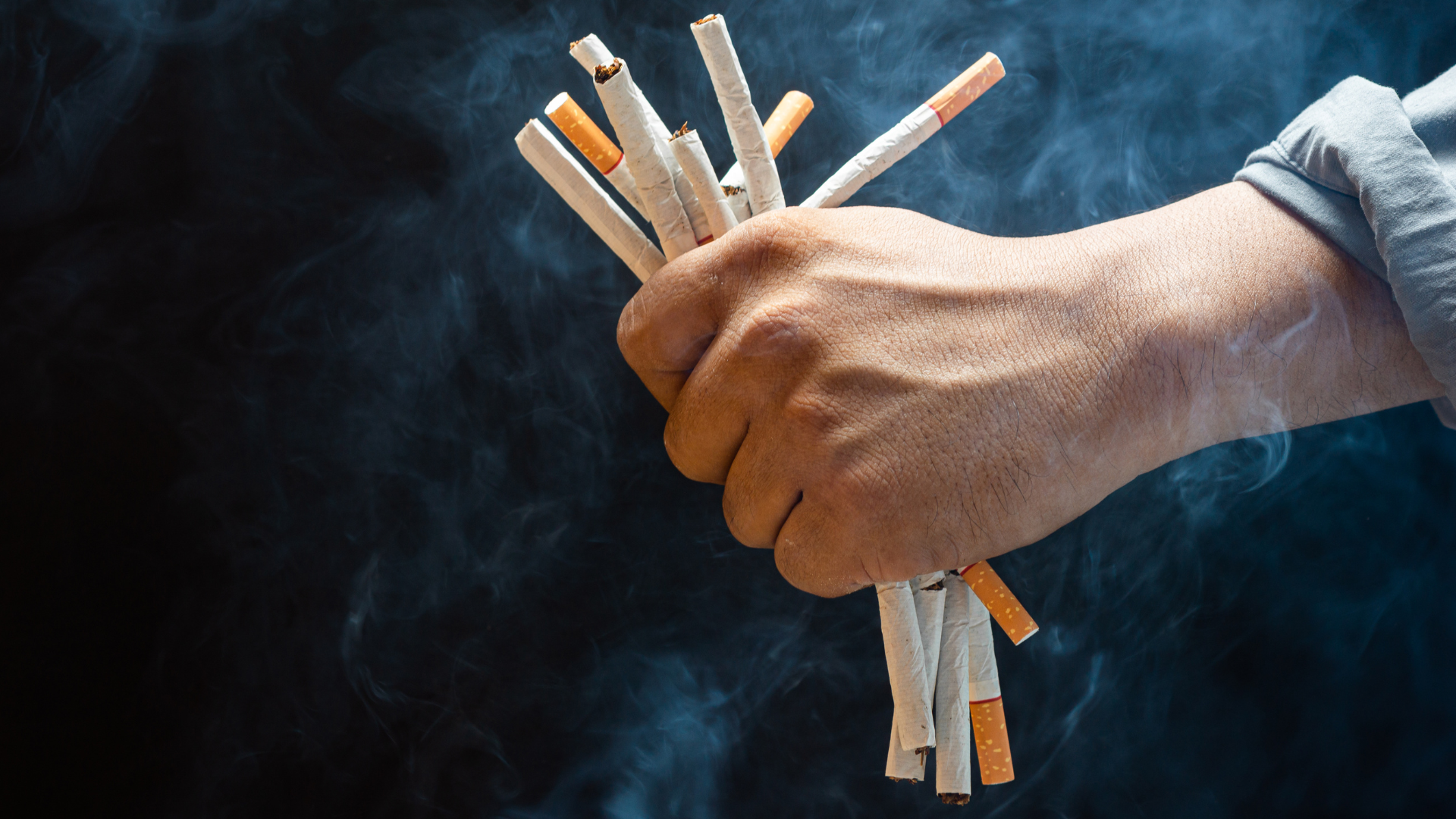If you’ve been thinking about quitting smoking, there’s no better time than 2025 to begin your smoke-free journey. Smoking remains a leading cause of preventable diseases globally, yet millions break free every year—and you can be one of them. This article guides you through why quitting is so important, practical steps to start today, and how having the right international private medical insurance can support your health goals.

Smoking tobacco affects nearly every organ in your body. According to the World Health Organization (WHO), it causes cancers, respiratory diseases, heart disease, stroke, and many other health conditions. However, the benefits of quitting start almost immediately:
These health gains are life-changing. Quitting also saves money, improves your breath, skin, and sense of taste and smell. Socially, it reduces the harmful effects of secondhand smoke on loved ones.
Quitting smoking is a journey—often challenging but absolutely achievable with the right mindset and support.
The withdrawal process can be tough but temporary. Symptoms like irritability, anxiety, headaches, and strong cravings typically peak within the first week and gradually ease. Many former smokers say the initial discomfort is worth the long-term benefits.
Celebrate milestones—each smoke-free day is a win! Use tools like quit apps, journals, or reward systems to stay motivated.

Quitting smoking isn’t easy, but with the right approach, support, and coverage, your smoke-free journey in 2025 can be the start of a healthier, happier life. Take that first step today—your future self will thank you